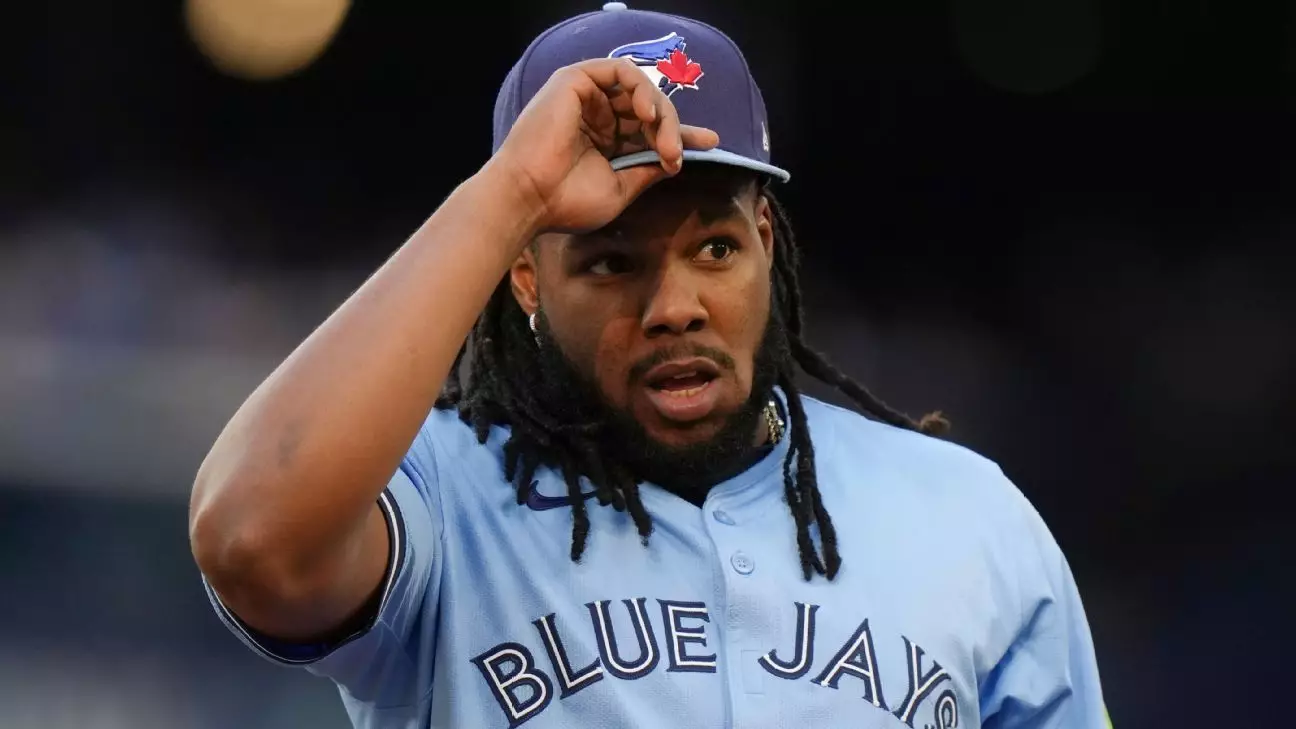The world of Major League Baseball (MLB) is not just about the game but also about the business that surrounds it. One of the most critical financial events that players and teams engage in each year is salary arbitration. This process gives players an opportunity to negotiate their salaries with their teams when their contracts expire, and the recent negotiations for players such as Vladimir Guerrero Jr. and Framber Valdez illustrate just how pivotal this system is for MLB athletes.
Salary arbitration is a contentious but vital part of the MLB ecosystem. It allows players who have not yet reached free agency to challenge their teams for a fair wage based on their performance and market trends. For veterans and upcoming stars alike, arbitration can significantly impact their earnings, influencing not just their immediate financial situation but also shaping their long-term career trajectories. The process consists of players and teams presenting their cases, typically leading to a panel of arbitrators making the final call when an agreement can’t be reached.
In recent discussions, Vladimir Guerrero Jr. of the Toronto Blue Jays and Framber Valdez of the Houston Astros stand out as prime examples of how this system plays out. Guerrero secured an impressive one-year deal worth $28.5 million, indicating not only his value to the Blue Jays but also reflecting broader trends in player salaries. Valdez, meanwhile, settled for $18 million—a significant sum that illustrates his status within the Astros’ roster.
The Impact of Recent Salary Decisions
The negotiations between players and teams have far-reaching implications. For Guerrero, last year’s record-setting arbitration award of $19.9 million set the stage for his current contract. Analyzing this progression reveals how previous performances directly inform current negotiations. Players like Juan Soto, who commanded an unprecedented $31 million arbitration agreement with the New York Yankees before signing a historic contract with the New York Mets, have set a high bar for aspiring MLB stars. Such record-breaking deals illustrate a shift in how teams approach salary commitments, paving the way for future negotiations.
In light of these developments, it’s fascinating to observe how teams like the Blue Jays and Astros are adjusting their strategies. The Blue Jays also reached agreements with other players, including Daulton Varsho and Alejandro Kirk, further indicating a willingness to invest in homegrown talent and promising players. This collective agreement not only helps maintain harmony within the team but shows a proactive approach in securing top performers before they hit the open market.
Interestingly, while successful negotiations signify collaboration, they can also create tension. For players who fail to reach agreements, like Kyle Tucker and Jarren Duran, the looming arbitration hearings add a layer of uncertainty. Last winter, players showed an improved record in arbitration hearings, which showcases their increasing leverage against teams—a trend that could signal a shift in how franchises manage their rosters and talent expenditures.
Statistics reflect the evolving landscape: while teams have historically dominated arbitration hearings, more players are finding success. In the most recent arbitration cycle, players won more cases than they lost, suggesting a growing awareness of their value and rights. This trend may lead to higher player morale and loyalty, as successful negotiations can boost team unity and performance.
The Future of Arbitration in MLB
As the season unfolds, the implications of these arbitration decisions will extend beyond the current fiscal year. The MLB environment is continuously changing, influenced by both player performances and team strategies. With a record number of players eligible for arbitration, clubs are confronted with the necessity to prioritize, balancing business acumen with the need to foster team chemistry.
As we look forward, the potential for salary arbitration to become a contentious battleground seems inevitable. Players are increasingly seeking fair compensation for their contributions, and the historical precedents set by figures like Guerrero and Soto only escalate expectations. The intersection of player performances, market dynamics, and team strategies forms a complex web that will continue to shape the future of MLB’s financial structure. As the league evolves, understanding these nuances will be crucial for players, teams, and fans alike.


Leave a Reply